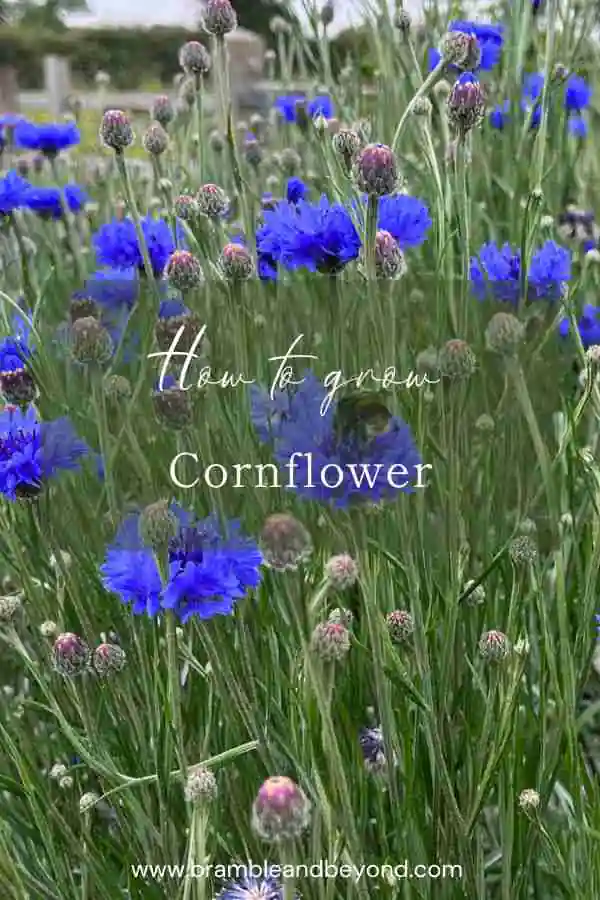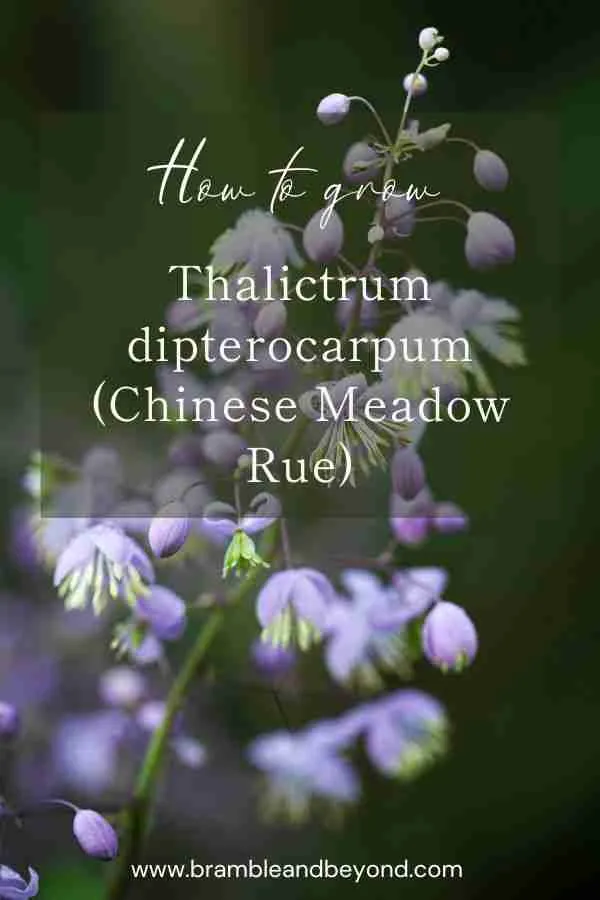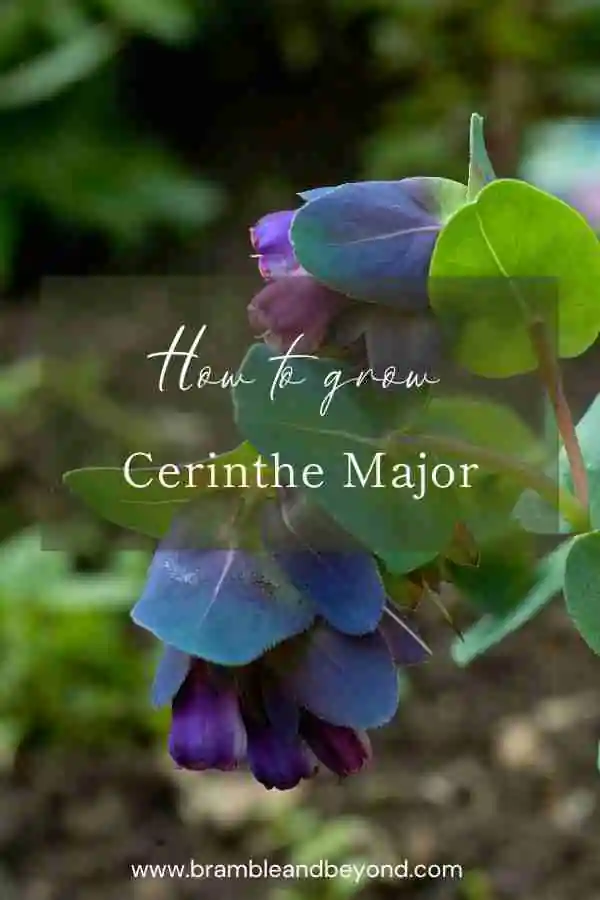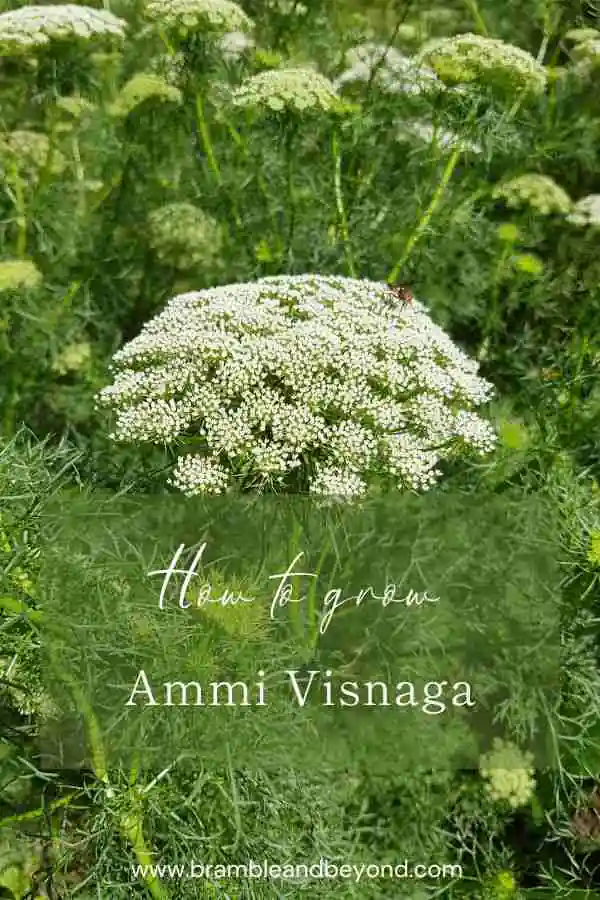Disclosure: This post may contain affiliate links, meaning I get commission if you decide to make a purchase through my links, at no cost to you. Please read my Affiliate Disclosure for more information.
Cornflowers are a quintessential summer meadow flowers, also known as billy buttons or Centaurea cyanus. With their beautiful shades of pink, blue, mauve, violet, and pure white, they add a touch of elegance to any garden. It is also particularly fine for cutting.
Cornflowers are easy to grow, will happily self seed, and is massively productive, so there is little to learn on how to grow cornflowers.
As a beautiful meadow flower, they are naturally attractive to bees, and my plants positively buzz all season long.
What is Cornflower
As a member of the Centaurea genus, cornflowers belong to the family Asteraceae and are classified as hardy annual plants.
Cornflowers are relatively compact, growing to a height of about 60 to 90 cms tall. Their slender stems are adorned with delicate, daisy-like flowers that bloom in clusters. These flowers not only create a stunning visual display but are also perfect for cutting and using in floral arrangements.
When it comes to growing conditions, cornflowers prefer full sun and well-draining soil. They can tolerate a wide range of soil types, including sandy or clay soils. These resilient plants are also drought-tolerant, making them a great choice for gardeners in various climates. Cornflowers are known to readily self-seed, which means that once established, they can continue to produce new plants year after year.
Whether you’re a seasoned gardener or just starting out, growing cornflowers is a rewarding experience. Their beauty, ease of cultivation, and productivity make them a wonderful addition to any garden. In the following guide, we will explore the step-by-step process of growing cornflowers, from seed sowing to maintenance and care.

How to grow cornflower:
- Cold-tolerant; plants dislike being transplanted so direct-seed into the garden in the fall or early spring.
- Seed can be tricky to start indoors, so pop seeds into the freezer for 10 to 14 days before sowing to speed up germination.
- For an extended harvest, sow two plantings, one month apart.
- Sow in the Autumn for flowers the following early Summer, or in the Spring for flowers later in the season.

Plant details:
- Plant type: hardy annual
- Height: 50-100cm
- Site: full sun
- Sowing depth: surface sow
- Germination: 14-21 days
- Temperature: 18°C
- Days to maturity: 65-80 days
- Plant spacing: 30cm
- Pinch: not necessary
- Staking: yes
- Drying: yes
- Approx seeds per packet: 240
Please note we pack the majority of our seeds by weight so the number of seeds indicated is only an approximation.
Currently, I sell our seeds, and other bits and bobs, through Etsy, so the link below will direct you there.

Harvesting and vase life:
- Harvest when blooms are one-quarter to one-half open.
- If picking entire sprays, cut when half the flowers on a spray are open.
- Expect a vase life of 7 days.
Here are 10 tips for growing cornflowers:
- Find the perfect spot: Give these beauties some space to grow in well-draining soil, basking in glorious sunlight.
- Soil preferences: Cornflowers are delightfully easygoing. They actually thrive in less-than-perfect soil, just like a rebel with a cause.
- Timing is everything: Do a little planting dance in September and another in spring. But if you are planting directly into the soil wait until mid-April when the soil is nice and warm.
- Prepare your bed: Break down the soil into a fine tilth (aka small, marble-sized pieces) before sowing. It’s like creating a cozy home for these lovely plants.
- Pre-watering magic: Give the seed drills a little drink before sowing, this will help keep the seeds in place.
- Thin is in: Sprinkle the seeds like thinly. These plants are surprisingly productive so you don’t need many of them.
- Peek-a-boo seedlings: After three weeks, your seeds should’ve started germinating. Thin them to about a foot apart. They grow into surprisingly large plants so give them room to breathe.
- Weed-free zone: Keep the bed clean and free from unwanted weeds.
- Hydration is key: Don’t let the ground dry out while these lovelies grow. Give them just the right amount of water, like a caring plant parent.
- Put your stake in: If your patch is exposed then you may want to stake your cornflowers, especially if they are autumn sown as these can be super tall.







